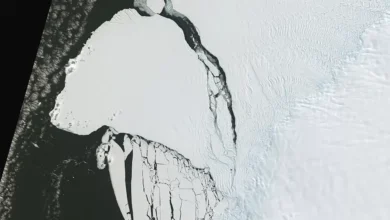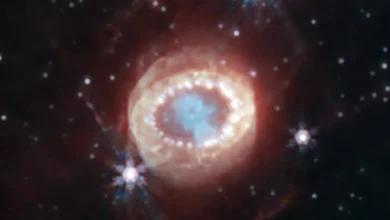Osiris-Rex: Nasa awaits fiery return of asteroid Bennu samples
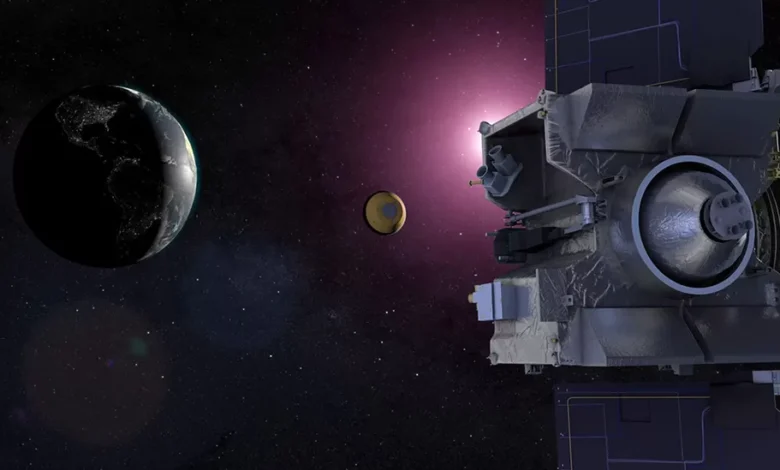
A seven-year mission to study what has been described as the most dangerous rock in the Solar System is about to reach its dramatic conclusion.
The Osiris-Rex spacecraft is bringing home the “soil” samples it grabbed from the surface of asteroid Bennu.
These dusty materials will be dropped off by the Nasa probe as it sweeps past the Earth on Sunday.
They’ll be tucked inside a capsule to protect them from a fiery descent to the US State of Utah.
Scientists expect the samples’ chemistry to reveal new information about the formation of the planets 4.5 billion years ago, and possibly even to give insights on how life got started on our world.
Touchdown on desert land belonging to the Department of Defense is expected at 08:55 local time (14:55 GMT; 15:55 BST).

It is sure to be an anxiety-fuelled day for everyone involved in the Osiris-Rex project – especially during the 13 minutes it takes for the capsule to fall through the atmosphere.
The car tyre-sized container will be moving initially at more than 12km/s (27,000mph) and experiencing peak heating in excess of 3,000C. But a combination of a thermal shield and parachutes should bring it to a safe stop on the desert plain.
“We have spent an inordinate amount of time preparing for contingencies, everything that could go wrong, all the horrible things that we might encounter,” mission principal investigator Dante Lauretta told the BBC.
“But the good news is we’ve practised and practised and practised and so we’re ready to go.”
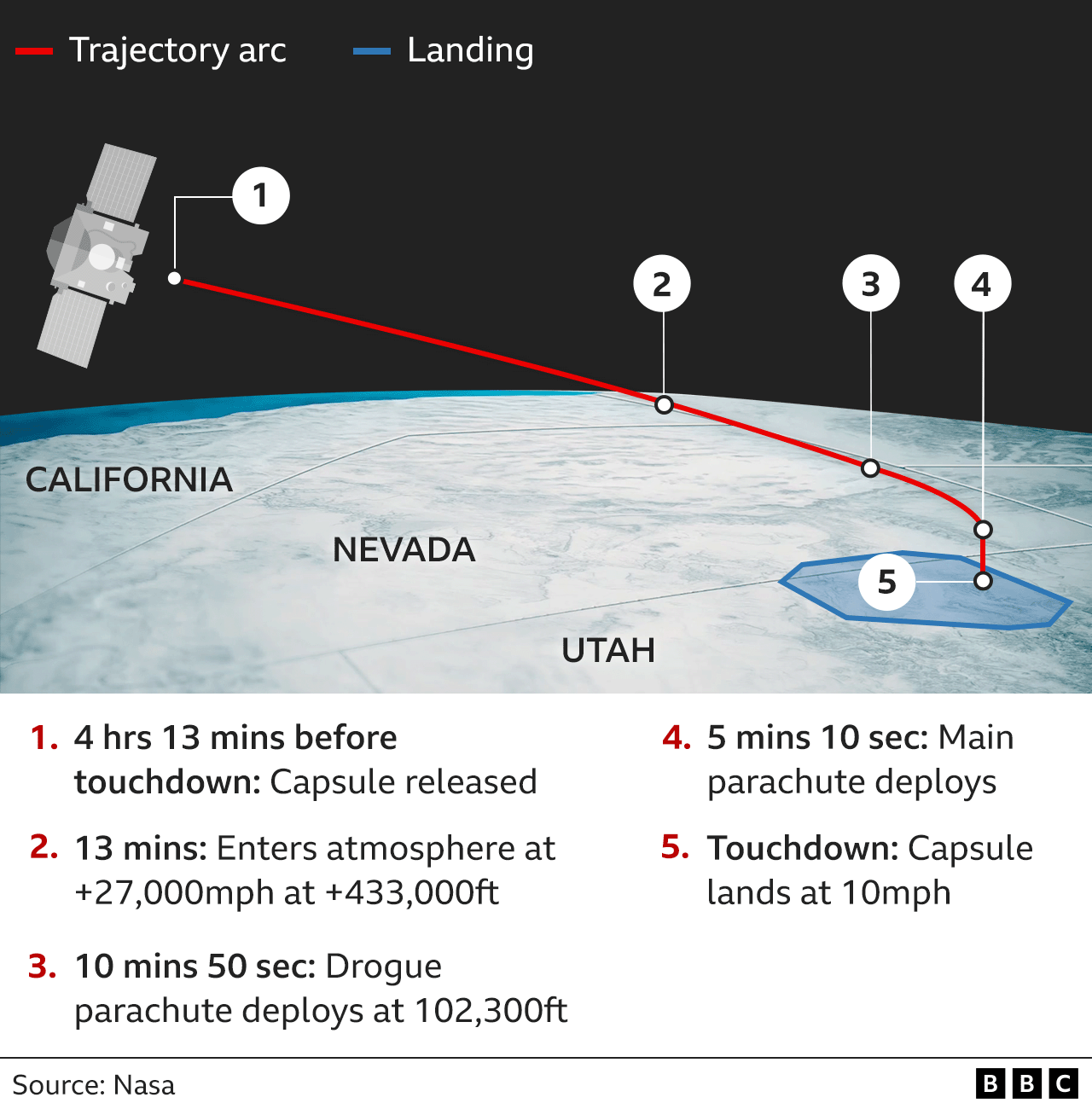
The Osiris-Rex probe spacecraft left Earth in 2016 to investigate Bennu, which has a very slight chance of hitting our planet late next century.
The probe took two years to reach the 500m-wide rock and a further two years observing the “space mountain” before making an audacious series of manoeuvres that obtained the cache of surface materials.
All that remains is to bring those samples – about 250g (8oz) in mass – safely to the ground.
A “go, no-go” decision to command the probe to release the capsule will be made about four hours before re-entry is due to begin.
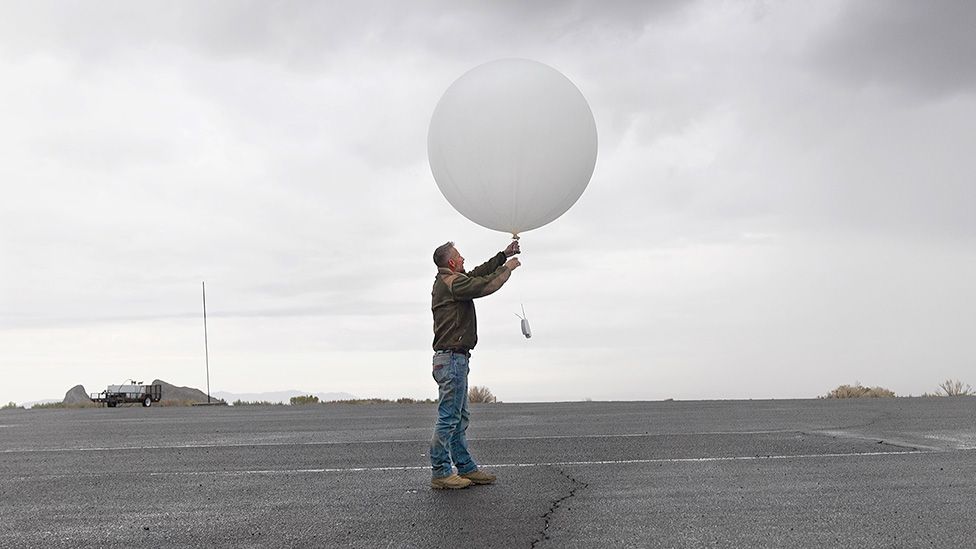
The recovery teams are confident, but they know nothing can be taken for granted.
The spectre hanging over this event is Genesis, a capsule that in 2004 was bringing back samples of the solar wind.
Its parachute failed to open and it hit the ground at more than 300km/h (190km/h), cracking open its contents.
“We understand the error that occurred on Genesis which was some gravity switches were installed upside down,” said Richard Witherspoon from capsule manufacturer Lockheed Martin.
“There have been many double checks on the gravity switches on this capsule to make sure they’re installed the correct side up, so we actually have no worries about it coming in and operating properly.”
Even so, a “breach team” will be on standby in case the worst happens.
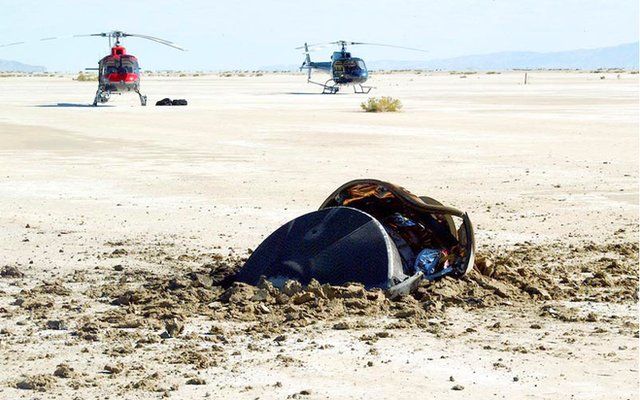
Meteorologists at the Utah Test and Training Range have been putting up weather balloons in recent days to get the very latest information to help predict the final drop position. The capsule will spend five minutes dangling on its main chute but with light winds expected, it’s unlikely to be pushed far off course.
The bigger issue is all the rain the desert has experienced this year. There are standing puddles and quite a bit of mud.
“That makes recovery with vehicles, ground vehicles, difficult,” said Dan Ruth, the chief meteorologist at the US Army’s Dugway base.
“They can get stuck. But on the plus side, it will keep the dust down, which is good for the equipment.”
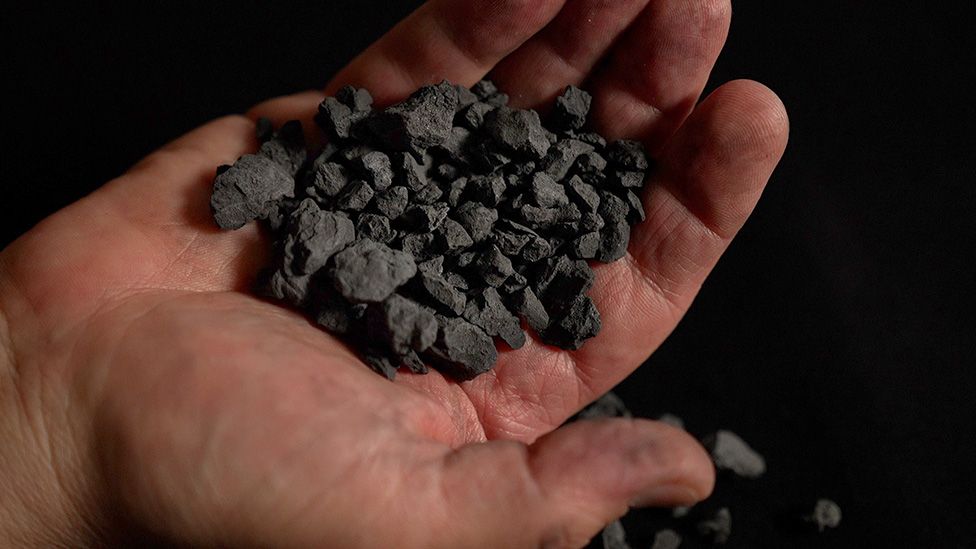
The recovery teams plan to fly out to the drop point in helicopters, put the capsule in a net and move it beneath a chopper to a temporary cleanroom at Dugway.
It is in this sterile cabin that the inner canister containing the Bennu samples will be enclosed in nitrogen for onward transport to Nasa’s Johnson Space Center in Texas where the detailed analysis can begin.
All the recovery operations have been designed to avoid introducing Earthly contamination into the samples which might compromise the coming investigations.
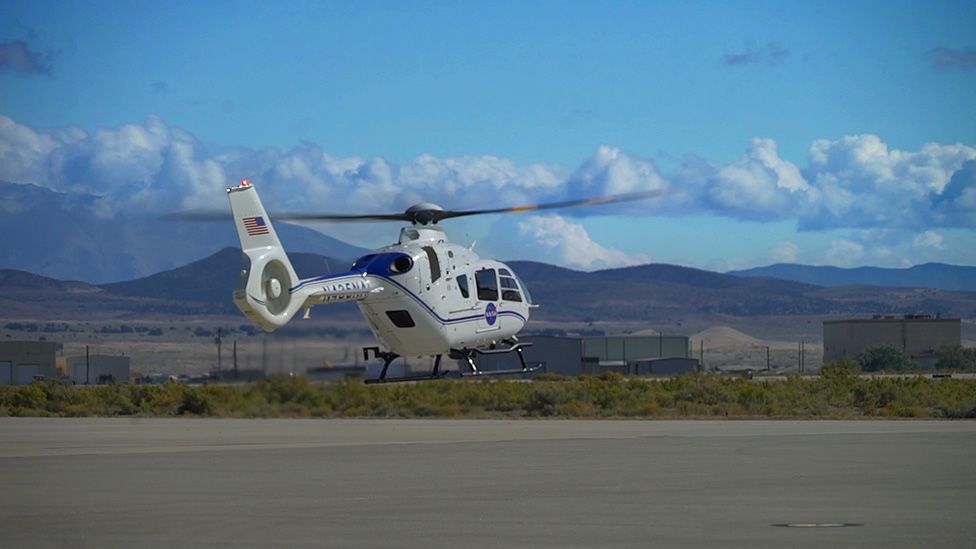
“Bennu is what we call a carbonaceous asteroid,” explained Christopher Sneed, the deputy curator on the Osiris-Rex mission.
“We think that these types of bodies are the building blocks for the planets, and they go back to the beginning of the Solar System.
“We can find inclusions and materials in there that created the planets, the elements that made our planet and also perhaps the compounds that started life on Earth.”
After dropping off the capsule, the Nasa probe will be commanded to fly on to another asteroid called Apophis. The rendezvous is expected in 2029.





